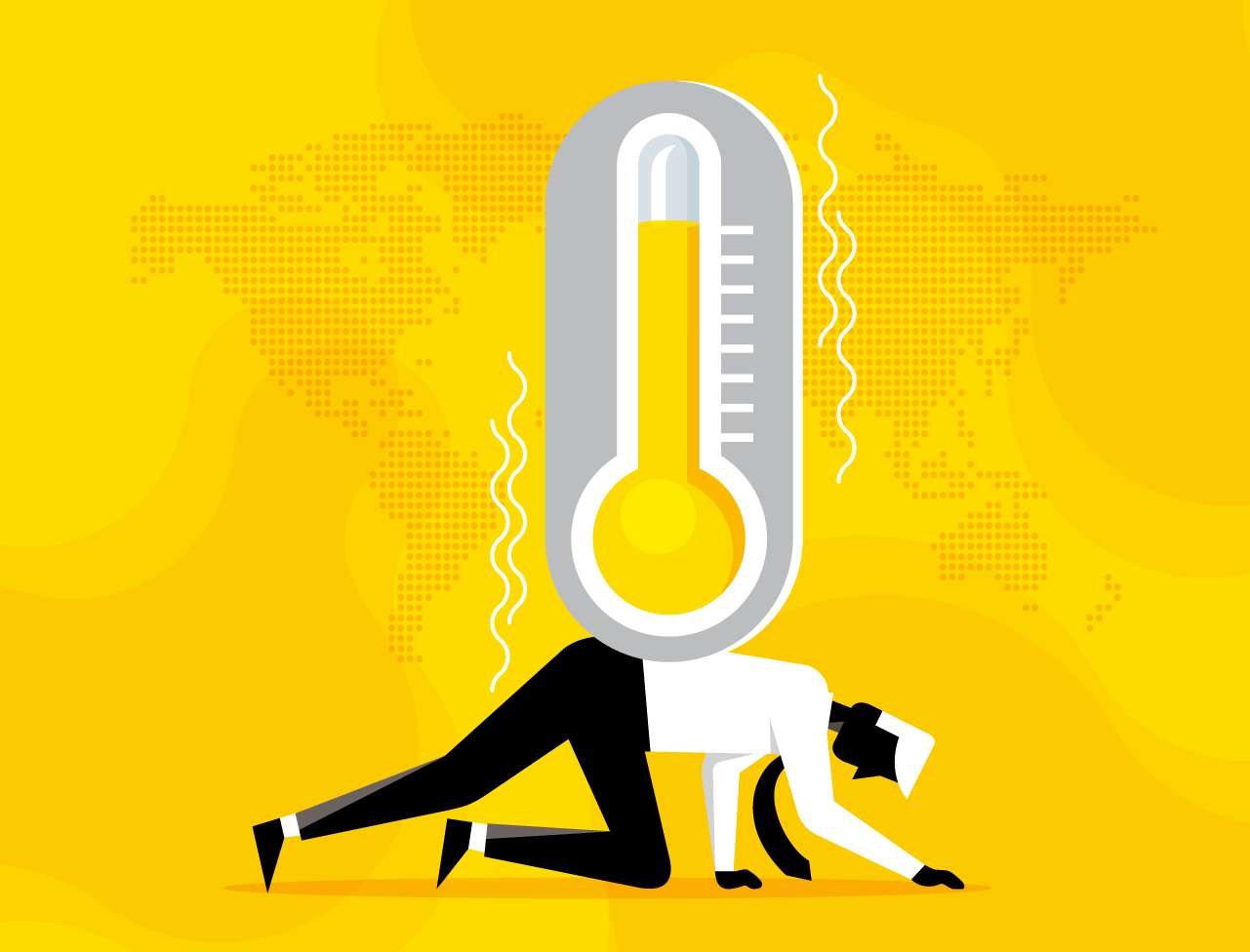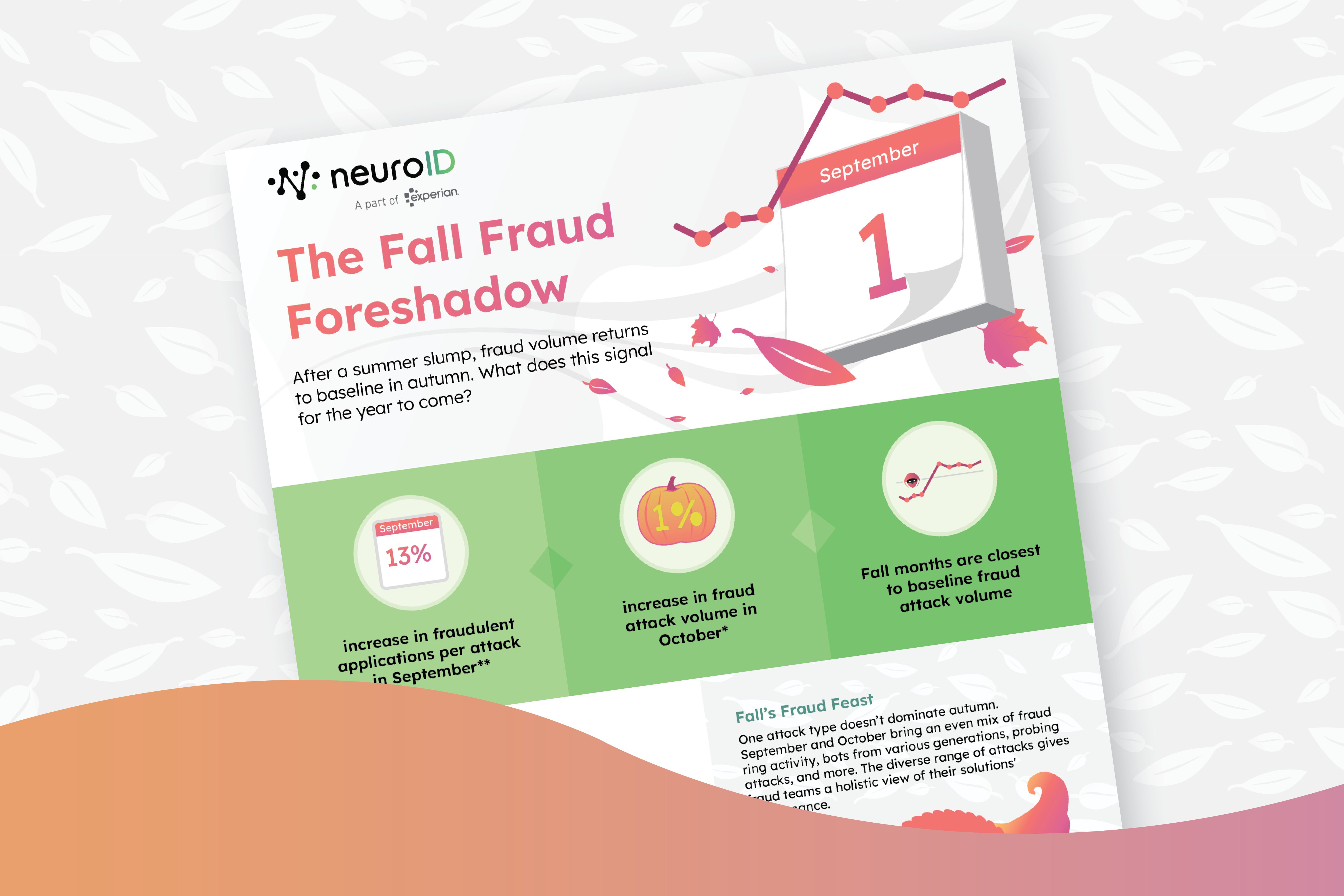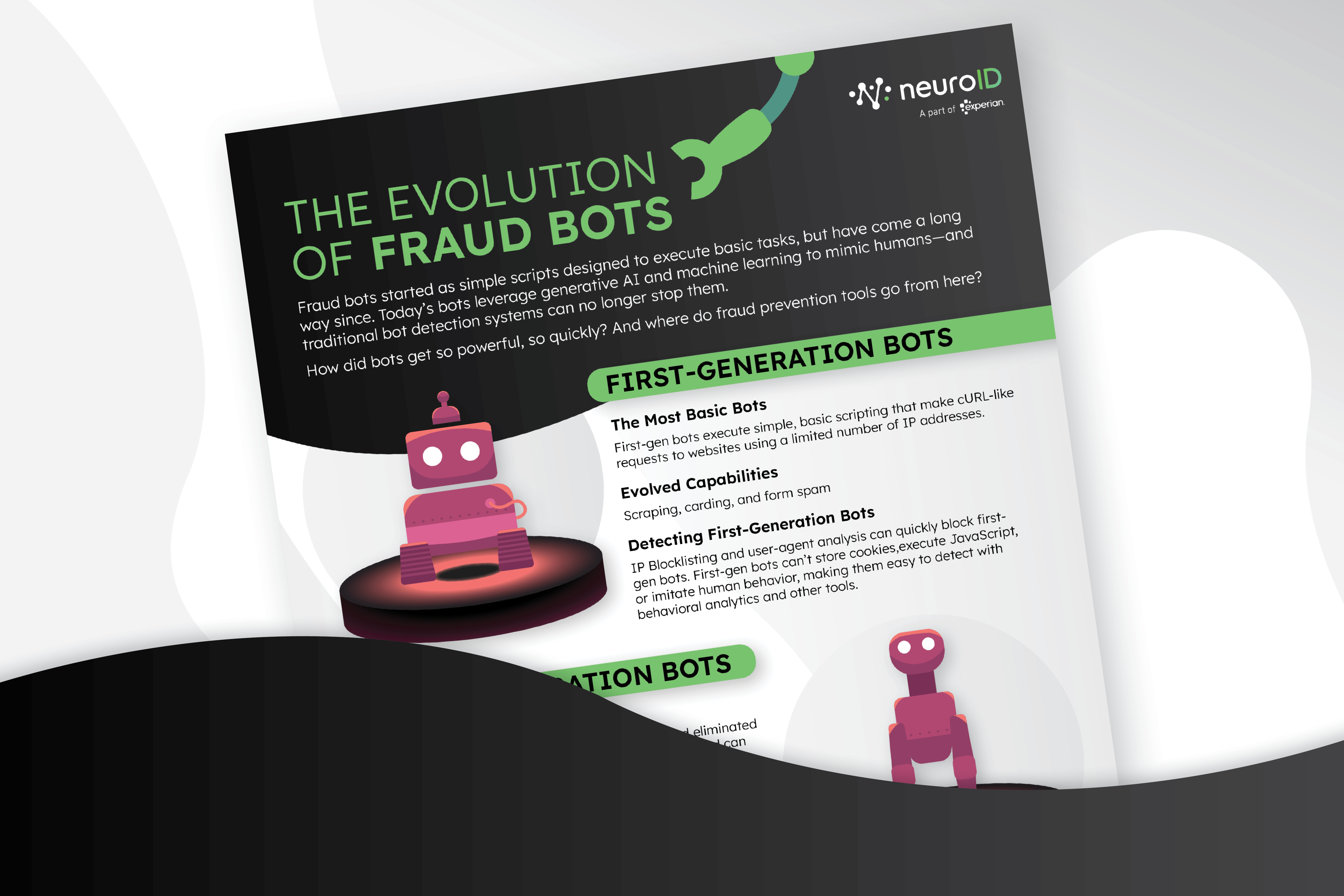
A Summer Fraud Heat Wave is Coming. Are You Ready?
For years, summer was the quietest season of the year for fraud attacks. As consumers turned their attention outside, online activity dipped, leaving fewer opportunities for fraudsters to attack.
The summer slump was a crucial time for fraud teams. Subsiding attacks opened a window to test solutions and experiment with strategies, allowing businesses to get ahead of evolving fraudsters before attacks surged in the fall and winter.
But as I dove into data from summer 2024, I noticed something unsettling: attacks weren’t just continuing through the summer — they were intensifying. Instead of a calmer preparation season, fraud teams were faced with unrelenting attacks from all angles.
What was behind the shift? And should fraud teams expect more of the same this summer?
The New Summer Normal
Just two years ago, fraudsters retreated to the shade to avoid the summer sun. Attacks were down 45%*, and the attacks that did strike were significantly smaller and shorter in duration than other seasons.
As usual, fraud teams waited for fraudsters’ summer vacation last year. But it never came. Compared to 2023, last summer’s attacks were 300% larger and lasted nearly three times longer. One attack we observed even dragged on for an entire week, a far cry from the short, sporadic bursts we came to expect during the summer months.
A driving force quickly revealed itself: bots. It wasn’t a shock — the evolution of fraud bots and fraudsters’ use of them is a trend we’ve followed closely for a while. But last summer (and the remainder of 2024) revealed just how much GenAI-powered bots have supercharged fraudsters’ efforts. In January 2024, bots comprised 30% of all attacks we studied. By mid-year, bot attack frequency doubled. By the end of the year, bots made up the vast majority — 80% — of all attacks.
The Rise of Year-Round Attacks
Fraudsters have always focused on efficiency: how to cause the most damage with the least effort. In the past, that meant strategically planning when and where to strike. Summer, with its lower traffic and fewer high-value opportunities, just wasn’t worth the effort.
But now, given the lower investment needed for attackers, the most efficient attack plan is a year-round onslaught. Thanks to GenAI-powered automation, fraudsters can deploy massive, sophisticated bot armies in minutes. The cost of failure is negligible. If an attack doesn’t work, fraudsters move on to their next target. If it does, they’ve just exploited a business caught off guard in the summer haze.
For fraud teams, no season is safe. Summer isn’t a low-risk testing ground anymore, and defenses need to be sharp year-round. Last summer’s attacks were a microcosm of a broader shift towards faster, smarter, and more frequent attacks; fraud teams need to respond with tools that are as agile and sophisticated as the attackers looking to exploit them.
Staying Cool in the Summer
Summer might not be as calm as it once was, but it still presents a critical opportunity. With the autumn fraud surge and the high-stakes holiday season just around the corner, fraud teams can’t waste any time modernizing their defenses to stop aggressive attacks.
The right tools to stop today’s attacks must be scalable, adaptable, and able to stop sophisticated threats in real-time. Behavioral analytics can help — reach out to our experts to learn more on how to beat the summer heat and stop evolving attacks on day one.




